Service hotline
+86 0755-83975897
 en
en Release date:2025-02-19Author source:KinghelmViews:1632
The vector network analyzer (VNA) mainly consists of an excitation source, a power distribution and isolation device, measurement receivers, and a display unit.
The excitation source provides the excitation input signal to the device under test. The power distribution and isolation device includes power splitters and directional couplers. The power splitters distribute the output signal from the signal source to two reference receivers and serve as input signals to the two ports. The directional coupler is directly connected to the test port to extract reflected signals for measuring reflection characteristics. The measurement receivers test, compare, and analyze the reflected, transmitted, and input signals of the device under test. The display unit processes and displays the test results.
1.Frequency Range: Typically XX kHz —— 4/8/20/40 GHz
2.Number of Ports: Usually 2-port or 4-port
3.Output Power Range: Generally -XX dBm —— +XX dBm
4.Dynamic Range: Ratio of maximum source output power to background noise
5.Number of Measurement Points: Significant in time-domain mode
6.Measurement Accuracy: Amplitude and phase measurements for transmission and reflection
7.Scan Time
8.Intermediate Frequency Bandwidth
9.Number of Curves, Channels, Display Count: Dependent on instrument memory
10.Trace Noise
11.Supported Calibration Methods
1. Sources of error
The testing errors of a vector network analyzer mainly include random errors and systematic errors.
2. Error model
● Single-port reflection error model
During single-port testing, there are three error terms: T, D, and S. Often, OSM calibration is used with three calibration standards: Open, Short, and Match. In ideal conditions, the Open standard reflects 1, the Short standard reflects -1, and the Match standard reflects 0. Through three rounds of calibration testing, each standard yields an equation. These equations uniquely solve for the three error terms, which can then be used to correct the measurement results, effectively eliminating the three systematic errors of the calibrated port.
● Twelve-term error model for two-port measurements
Dual-port calibration often employs the TOSM method, which requires four calibration standards: Open, Short, Match, and Through. Under ideal conditions, the Open standard reflects 1, the Short standard reflects -1, the Match standard reflects 0, and the Through standard reflects 0 in reflection and 1 in transmission. By integrating these components into the measurement system, 12 equations are obtained. These equations solve for 12 error terms, which are then used to correct the measurement results, effectively eliminating the 12 systematic errors of the calibrated ports.
3. Calibration method
According to the calibration standards used, calibration methods can be categorized into mechanical calibration and electronic calibration.
● Mechanical calibration
The types of calibration standards mainly include open standards, short standards, sliding loads, through-reflect-line standards, transmission lines, etc. Common mechanical calibration methods include TOSM, UOSM, TRL, etc. The number of calibration standards, the frequency of testing, and the number of error elimination items vary for each calibration method.
● Electronic calibration
Electronic calibration standards feature built-in switches that provide the functionality to switch between open, short, load standards, and through connections. Compared to mechanical calibration standards, electronic calibration processes are simpler, requiring only one connection to the vector network analyzer (VNA). This results in faster calibration speeds and avoids errors associated with manually changing calibration standards multiple times.
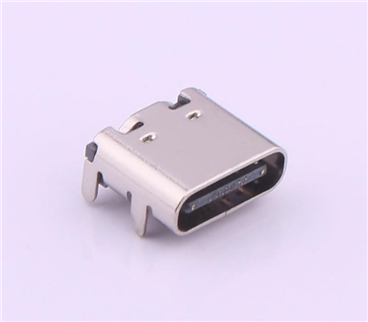
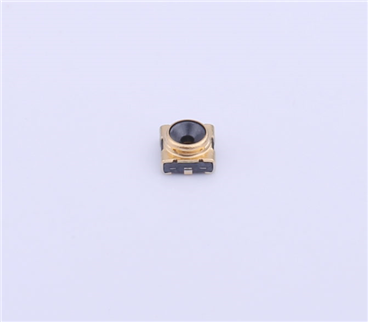
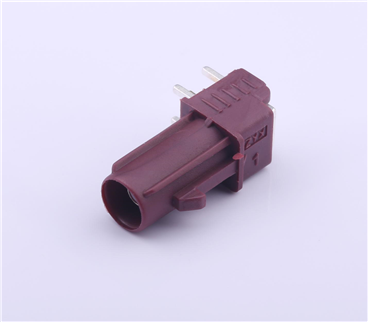
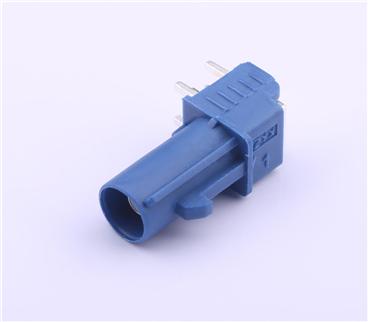
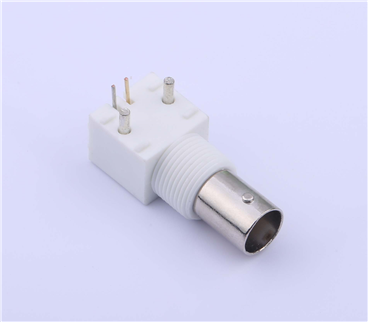
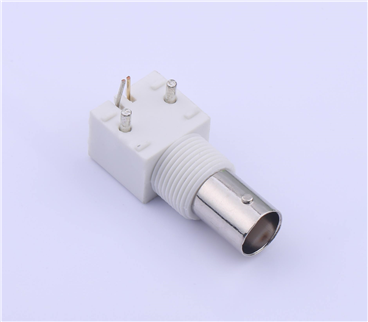
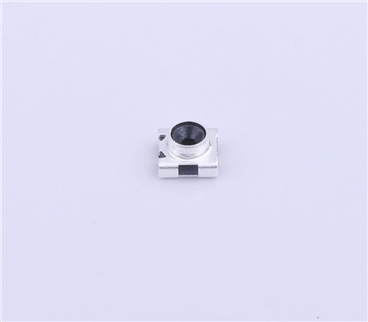
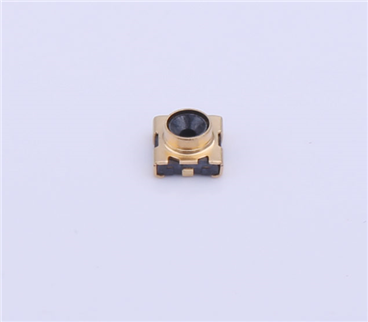
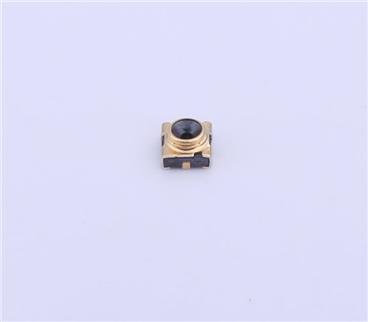
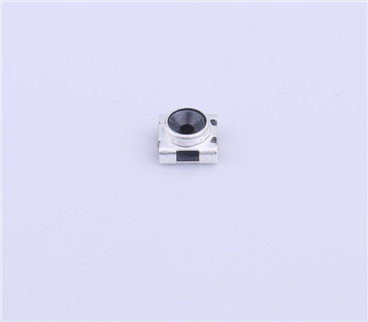
Copyright © Shenzhen Kinghelm Electronics Co., Ltd. all rights reservedYue ICP Bei No. 17113853
